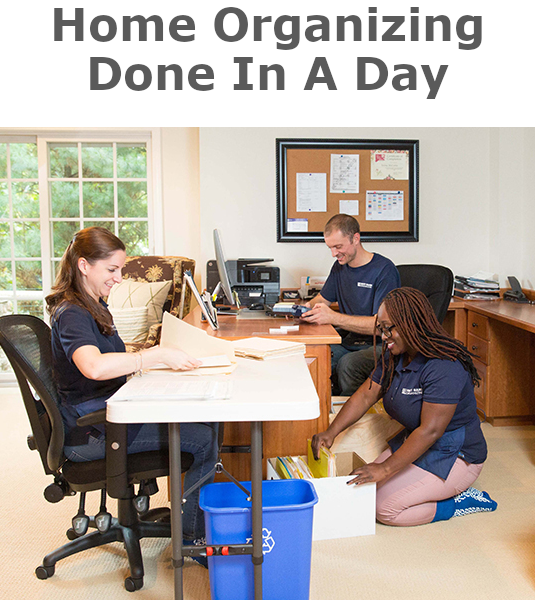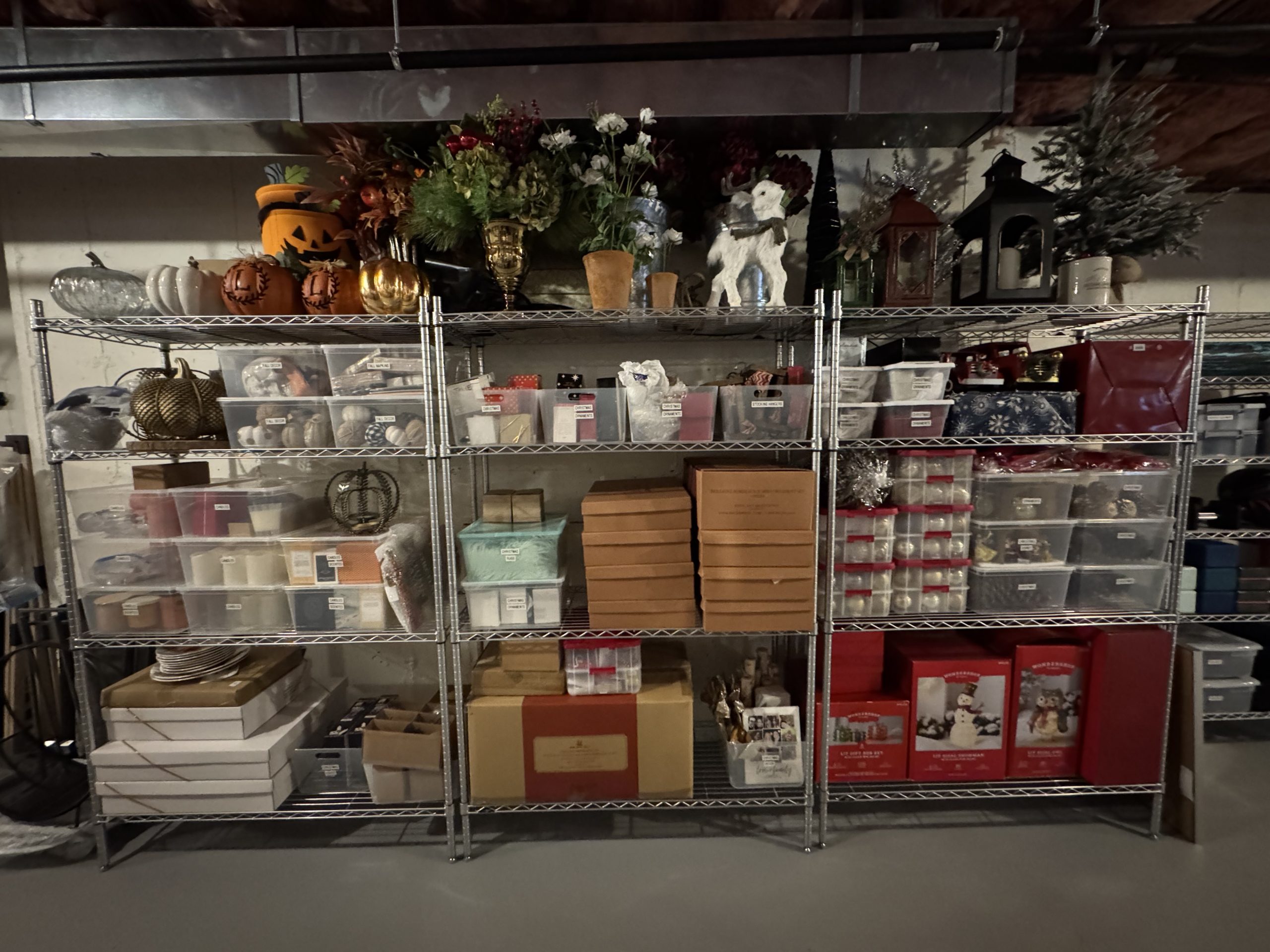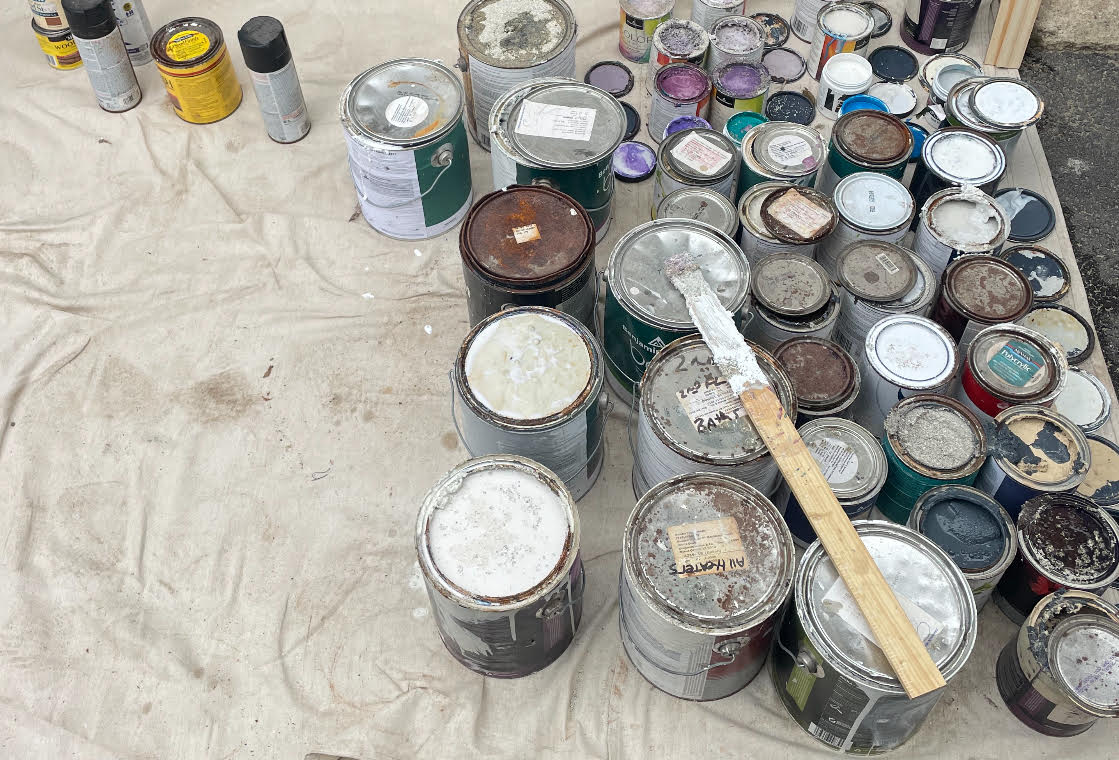Compulsion: the action or state of forcing or being forced to do something; constraint
It is impossible to stay organized without action. If there’s no action on paying bills, the mail will pile up; if theres no action on the laundry, the clothes will pile up; etc. Certain points of compulsion are necessary to ensure that these actions happen.
When I speak of compulsion, I’m not referring to unhealthy irresistible internal urges or unchosen external forces that require action. I am, instead, referring to chosen targeted vehicles, to compel you to a desired action.
There are essentially three types of this compulsion: scheduled, visual, and digital. Here are some examples of each.
Scheduled points of compulsion
Monthly calendar. To stay organized, we are all familiar with the practice of referring to a calendar, whether it’s on a wall or in a book, to see what things we must take action on. Scheduling an event, to compel us, like “9am conference call” or “2:30 Dentist” is obvious, but it also makes sense to schedule “rotate seasonal clothes” and “extract archive files.” When you have systems in place to make those tasks manageable, the action will be more reliable.
Daily to-do list. If your daily to-do list is not working, you’re in very good company, especially if your to-do list is actually a collection of to-do listS. An effective to-do list must accommodate: external events and internal (immediate and long term) task; prioritization; flexibility; portability; and singular focus or, in other words, point of compulsion. When you know you only have one place to focus your prioritized efforts and that they are manageable, the action will be more reliable and you will be more organized.
Visual points of compulsion
Spot by the door. Not everything can or should be written down, so I am describing these points of compulsion as “visual.” As example would be reserving a spot by your front door, for items that are ready to head out the door. It could be a small table, a shelf, or a ledge. The fewer of these items that are here, the more likely they will compel action. If this just becomes a place to collect stuff, then it fails as a point of compulsion. It may even become a point of repulsion. However, if you see a single stamped letter hanging slightly off the edge of a ledge, then it becomes hard NOT to grab it as you are heading out the door. Your desired compulsion has succeeded.
An unclear desk. OK, I get that an unclear desk is not a visual point of compulsion for many of us, but it should be. A clear desk is your number one organizing tool, because it allows for prioritizing, processing, and productivity. In other words, action. If you don’t have other storage sources, create them. Don’t make exceptions. It’s a lot easier to remember what lives on the desk, when the answer is “nothing.” Part of the above definition of “compulsion” is “constraint.” I’m not overlooking that because sometimes imposing certain constraints on ourselves actually has a very liberating effect. Limitations breed freedom.
Digital points of compulsion
Alerts on smart phone. You can choose to have alerts added to your digital calendar, that go off when you want to compel yourself to make a point of doing something. This needs to be used with moderation, because excessive alerts can drive you crazy.
Email reminder. If you are compelled to constantly check you email regularly like me (and not in healthy way), then sending yourself an email can be an effective point of compulsion. Just a short reminder in the subject line will compel me to act as desired.
Whether it’s scheduled, visual, or digital points of compulsion, they can be improved by being realistic about what is likely to grab your attention and breaking your actions into manageable reliable steps.
What points of compulsion work best for you?
Please Share With Your Community
Related Posts
Testimonials
What some of our clients are saying
Imagine An Organized Home
















